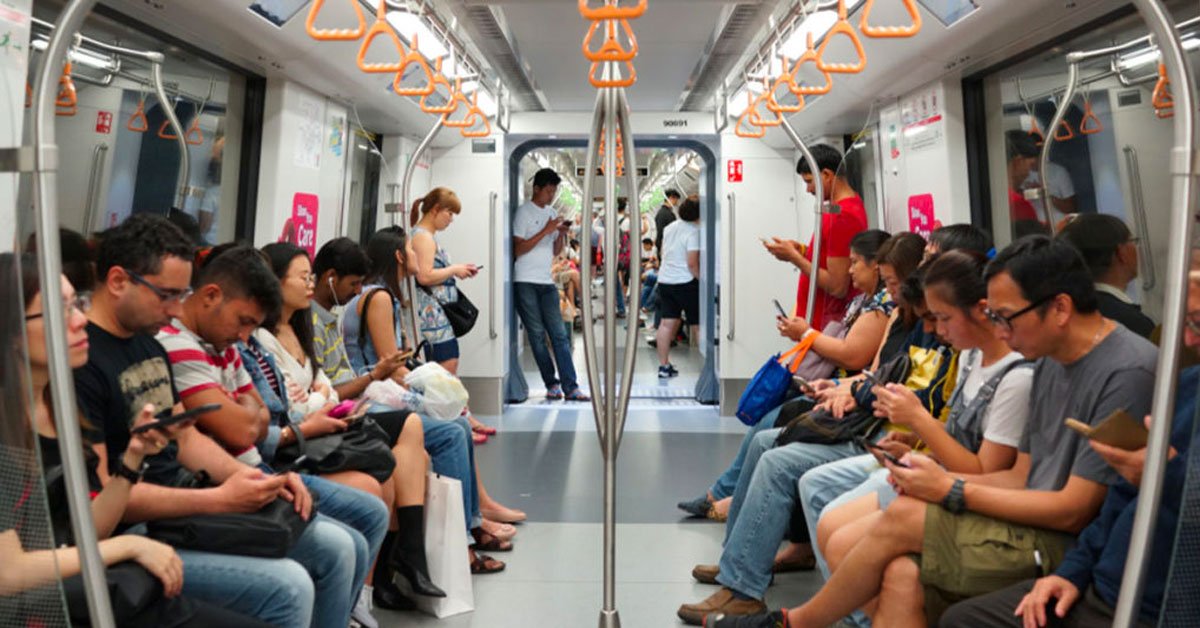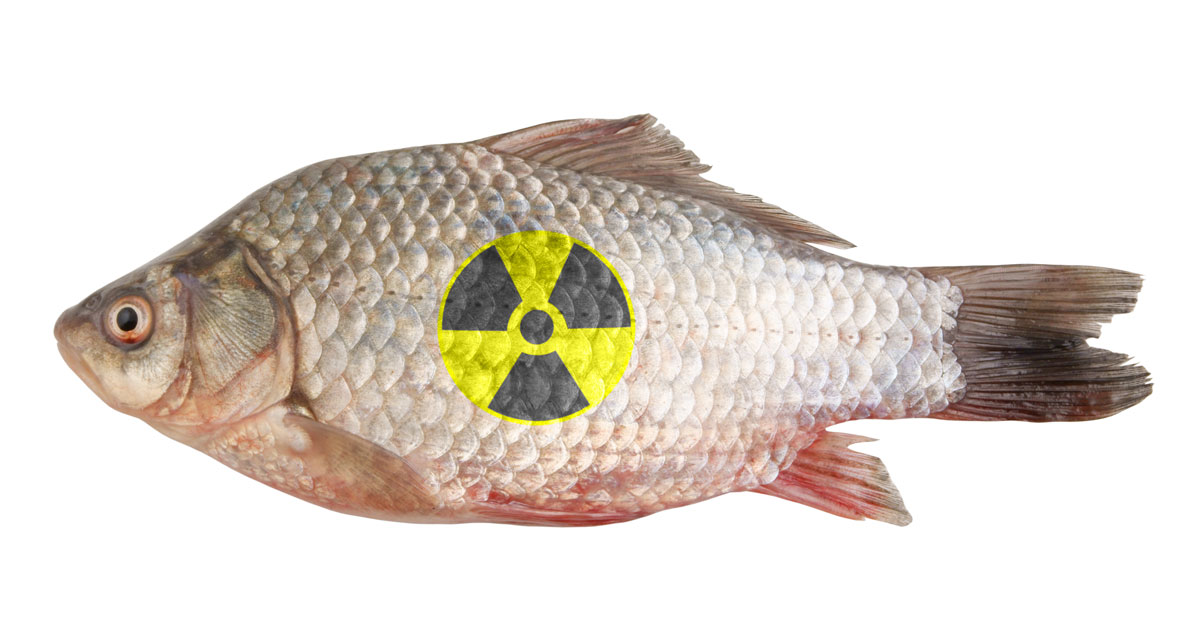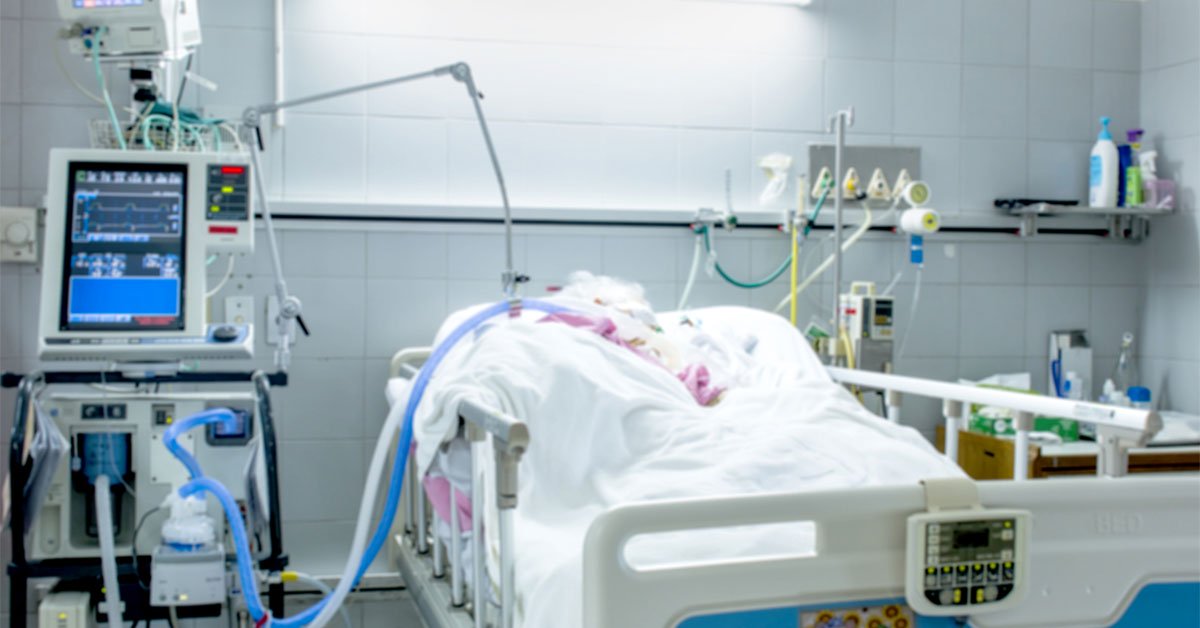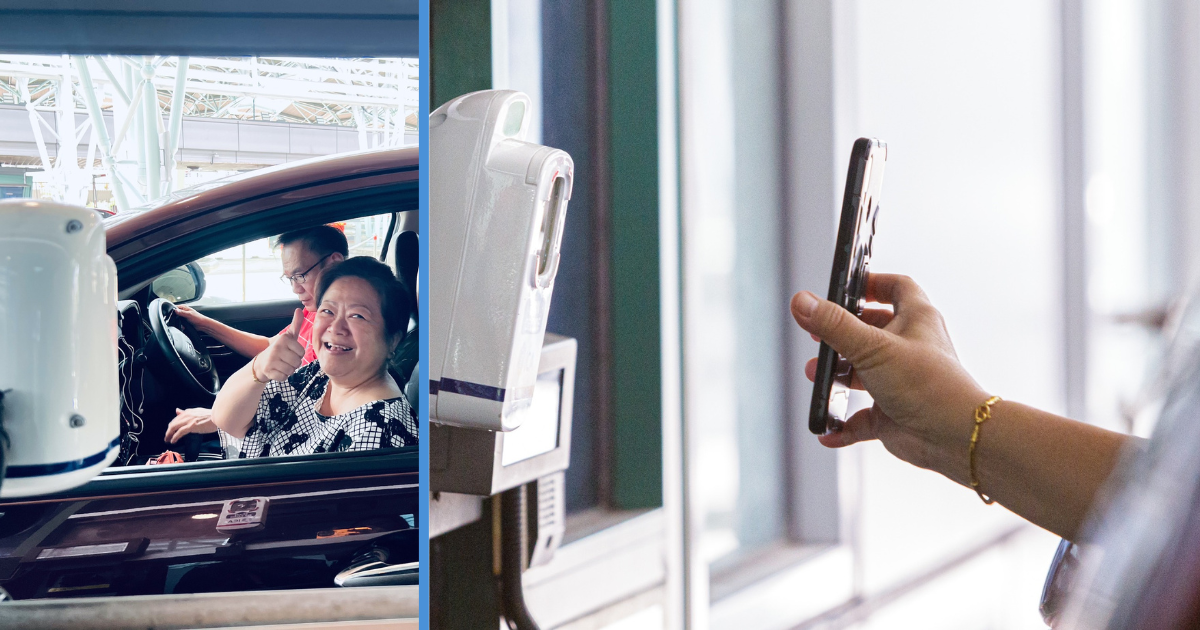The authorities once said that it’d be a matter of time before the Wuhan virus finds its way to Singapore, and yesterday, the first patient was found.
They added that more cases would be found, and today, less than 24 hours after the first case was confirmed, there are now two more confirmed cases, which means the number stands at a total of three confirmed cases now.
2 More Confirmed Wuhan Virus Cases in S’pore
The second confirmed Wuhan virus patient is the first patient’s son, a 37-year-old who had been a suspect case but is now confirmed.
But other than him, another person has been confirmed to have the 2019-nCoV virus.
Third Patient Has Taken Public Transport & Been to Orchard area, Marina Bay Sands and Gardens by the Bay.
Let’s face it: we were lucky that the first patient hadn’t been to public places. And luck usually runs out fast.
During the announcement of the first patient yesterday, MOH also mentioned about a 53-year-old lady who had been tested positive for the Wuhan virus (now known as 2019-nCoV), but she would need to undergo more tests before she could be declared a confirmed case.
This afternoon, she’s been confirmed to have the 2019-nCoV virus. She’s currently warded at the National Centre for Infections Diseases (NCID) and her condition is stable.
The woman from Wuhan had landed in Singapore on Tuesday (21 January 2020) morning at about 5.30am via a Scoot flight.
She passed the screening at the arrival gates and only developed fever, cough and chills in the afternoon.
The next day (22 January 2020), she went to Raffles Hospital and was taken immediately to Tan Tock Seng Hospital and isolated immediately.
MOH was alerted to the suspect case at 3am yesterday (23 January 2020), and she was tested positive for the virus at midnight.
The patient had stayed at J8 Hotel (somewhere in Lavender) and according to MOH, she had been to Orchard Road, Marina Bay Sands and Gardens by the Bay before she fell ill. In addition, she had taken public transport to these places.
Suffice to say, contact tracing in public spaces might be tricky.
However, fret not; Associate Professor Vernon Lee, director of Communicable Diseases at the ministry, defined close contact as people “who are within about 2m and spend a reasonably prolonged period of time, about 30 minutes or more, with the individual.
“These are typically family members, travelling companions. They will be at a higher risk of exposure to the case. They’ll be identified as close contacts and we’ll quarantine them.”
So don’t be alarmed; at this moment, the transmission causes haven’t been confirmed yet.
Instead, let’s follow MOH’s advice: remain vigilant and to adopt good personal hygiene practices. Keep yourself updated by bookmarking MOH’s website as well, as misinformation might surface on WhatsApp.
We’ve been through SARS; we can fight this, too.
For more information about the Wuhan virus, you might want to read this article.



